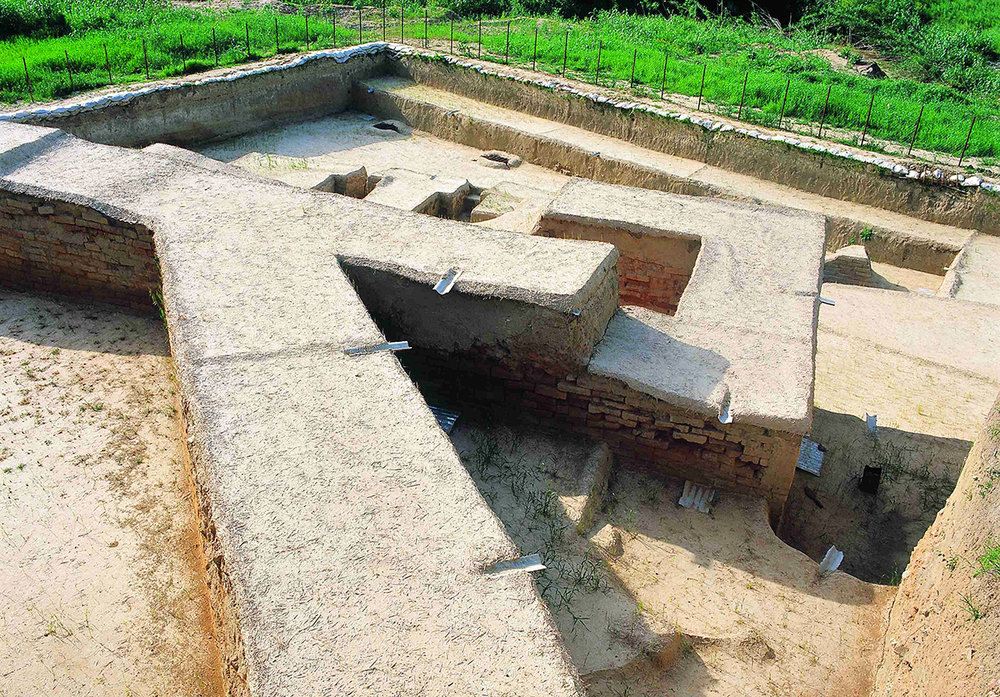Archaeologists resume work on Great Wall of Gorgan

TEHRAN – The seventh archaeological season on the Great Wall of Gorgan has recently kicked off to shed new light on the gigantic monument stretched in northern Iran.
A team of archaeologists and cultural heritage experts led by Prof. Mohammad Mortezaei has commenced new surveys to examine sections of the wall which are located in Hyrcania, Mehr reported on Sunday.
Built between 420s and 530s CE, the Great Wall of Gorgan served as a defense system stretched along southeastern parts of the Caspian Sea near modern Gorgan in Golestan Province.
The wall stretches for almost 200 km and is dotted by a total of 38 forts. It is the longest fort-lined ancient barrier between Central Europe and China, it is longer than Hadrian’s Wall and the Antonine Wall put together.
In some archeological sources, the Great Wall of Gorgan is referred to as the Red Snake due to the color of its bricks. It dates from Sasanian-era (224 to 651 CE).
PHOTO: An undated photo depicts previously excavated parts of the Great Wall of Gorgan in northern Iran.
AFM/MQ/MG
Leave a Comment